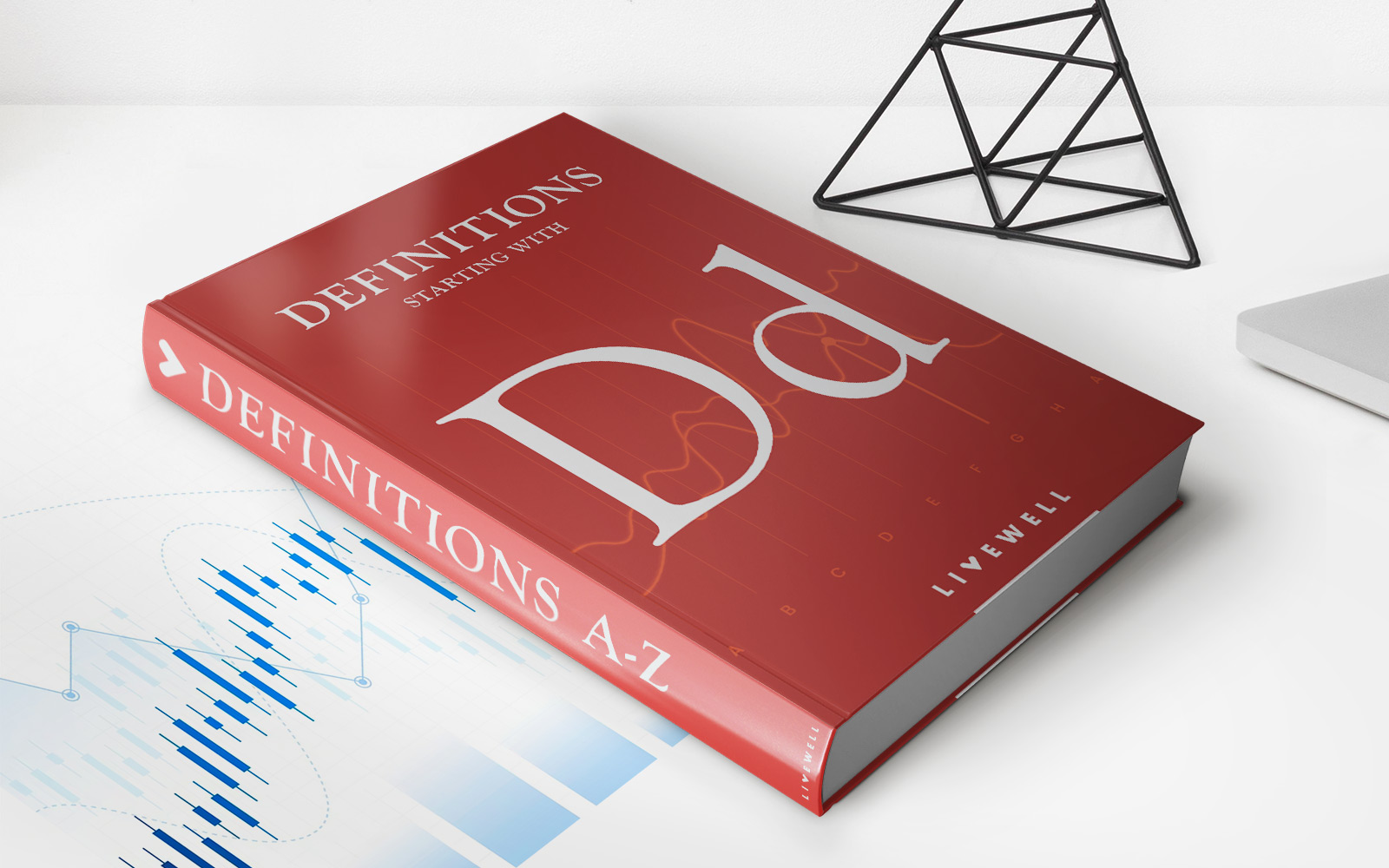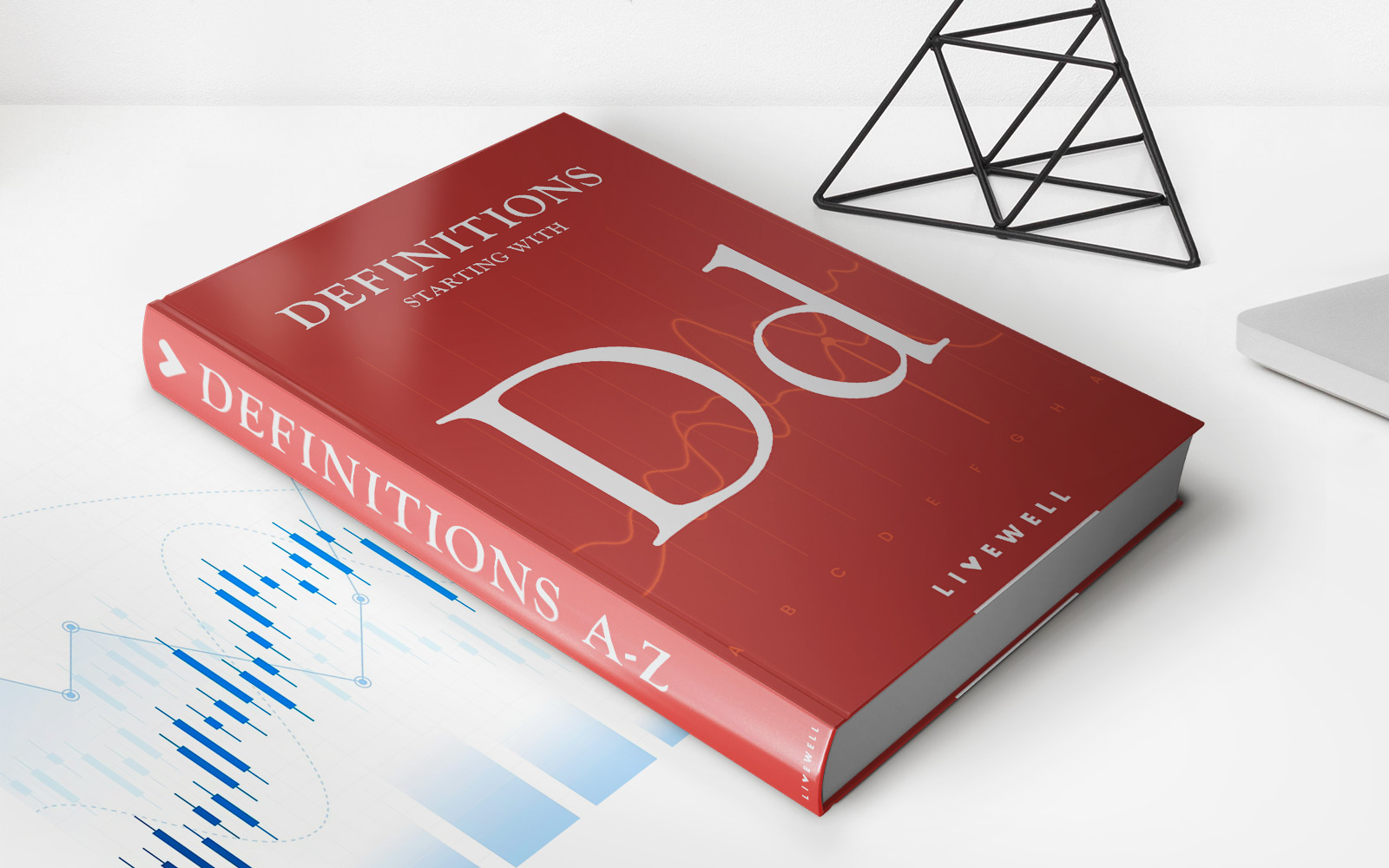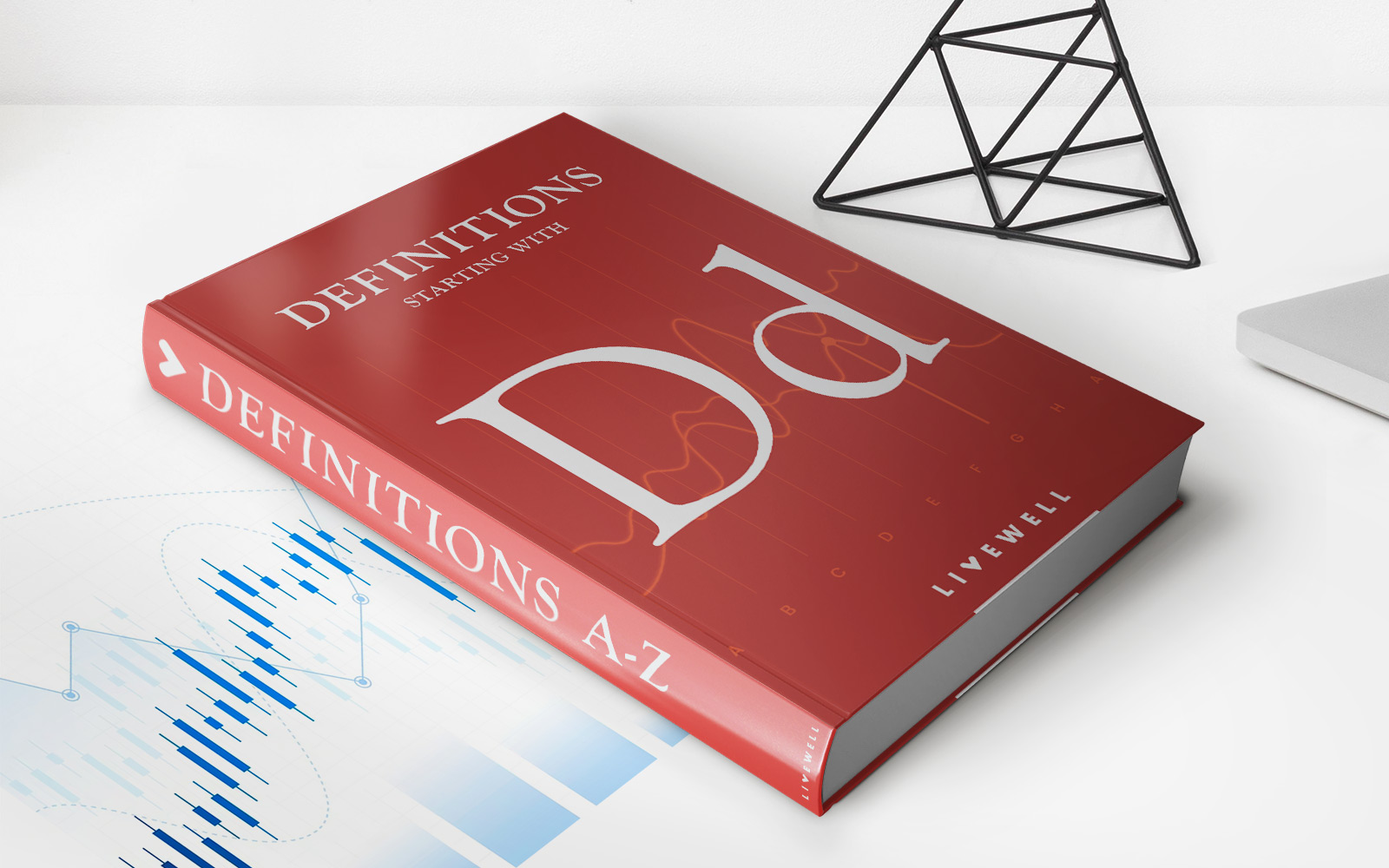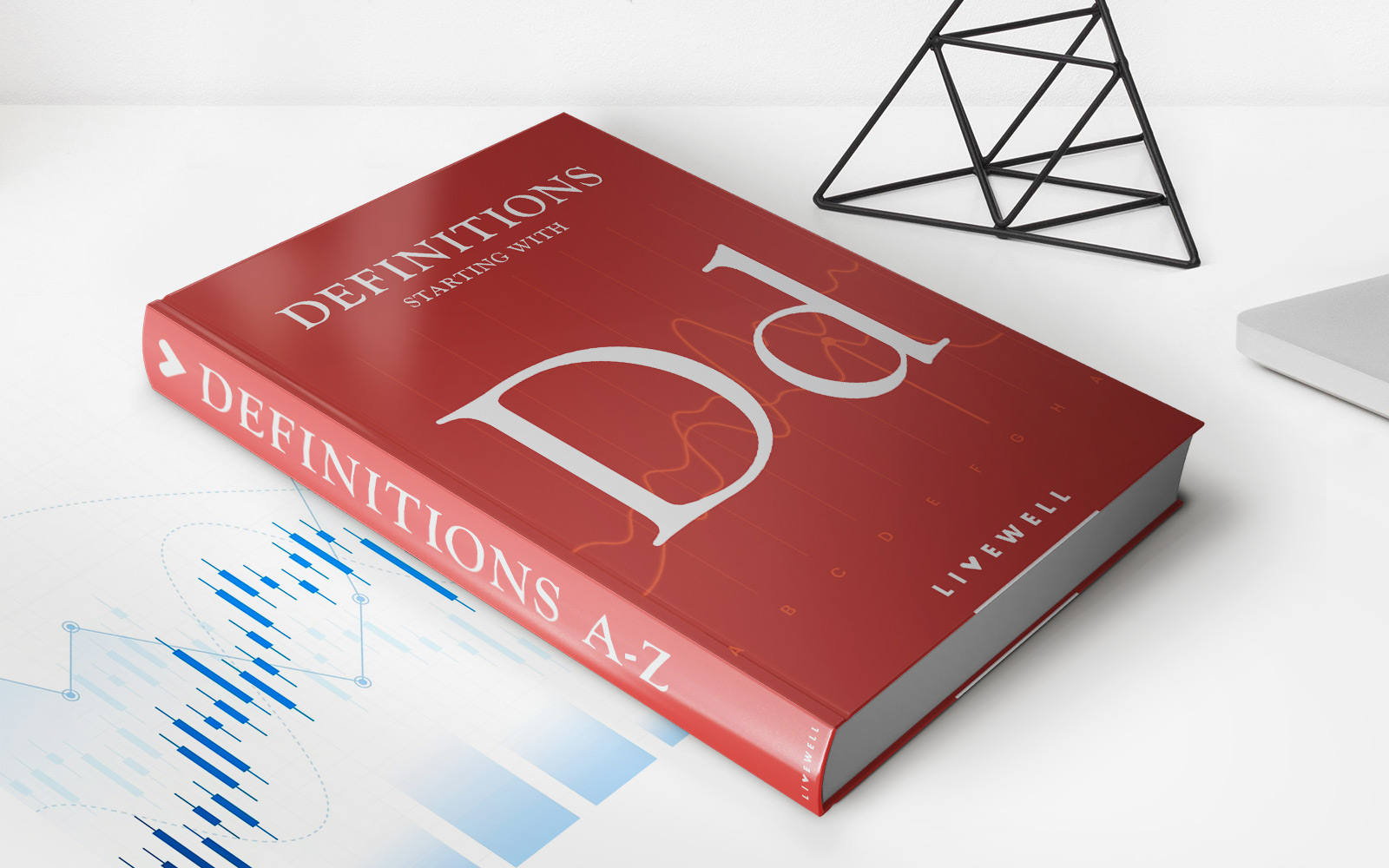Home>Finance>Sum-of-the-Years’ Digits: Definition And How To Calculate


Finance
Sum-of-the-Years’ Digits: Definition And How To Calculate
Published: February 4, 2024
Learn the definition of Sum-of-the-Years' Digits in finance and how to calculate it. Enhance your financial knowledge with this comprehensive guide.
(Many of the links in this article redirect to a specific reviewed product. Your purchase of these products through affiliate links helps to generate commission for LiveWell, at no extra cost. Learn more)
Sum-of-the-Years’ Digits: Definition and How to Calculate
When it comes to managing your finances, understanding different financial concepts is crucial. One such concept that can greatly impact your financial planning is Sum-of-the-Years’ Digits. In this blog post, we will provide a comprehensive definition of Sum-of-the-Years’ Digits and guide you through the steps on how to calculate it effectively.
Key Takeaways:
- Sum-of-the-Years’ Digits is a depreciation method commonly used in accounting and financial analysis.
- It allows for the accelerated depreciation of an asset, resulting in a higher expense deduction in the early years of its useful life.
Understanding Sum-of-the-Years’ Digits
Sum-of-the-Years’ Digits is a depreciation method that follows the principle of accelerated depreciation. This means that it assigns a higher depreciation expense to the early years of an asset’s useful life, gradually reducing the expense over time.
Typically, the useful life of an asset is determined by its expected usage and the industry standards. To calculate the Sum-of-the-Years’ Digits depreciation expense, we need to follow a straightforward formula:
(n – x + 1) / (n * (n + 1) / 2) * Cost of the Asset
In this formula, n represents the asset’s useful life in years, and x signifies the specific year for which you wish to calculate the depreciation expense. The fraction (n – x + 1) / (n * (n + 1) / 2) determines the weight of the depreciation expense for the chosen year, while the Cost of the Asset represents the original value of the asset.
Why Use Sum-of-the-Years’ Digits?
Sum-of-the-Years’ Digits is a popular depreciation method for several reasons:
- Accelerated Tax Deductions: By assigning higher depreciation expenses in the early years, businesses can benefit from increased tax deductions, resulting in lower taxable income and potentially reduced tax liabilities.
- Matching Depreciation to Asset’s Usage: Assets often generate the highest value or experience the most wear and tear during their initial years. Sum-of-the-Years’ Digits aligns the depreciation expense with the asset’s actual usage over its useful life.
- Improved Financial Reporting: By appropriately reflecting the asset’s diminishing value over time, Sum-of-the-Years’ Digits provides a more accurate representation of the company’s financial health and profitability.
Conclusion
Sum-of-the-Years’ Digits is a valuable financial concept that allows for the accelerated depreciation of assets, resulting in increased tax deductions and improved financial reporting. By understanding how to calculate it and considering its benefits, individuals and businesses can make informed financial decisions and optimize their financial planning processes.














